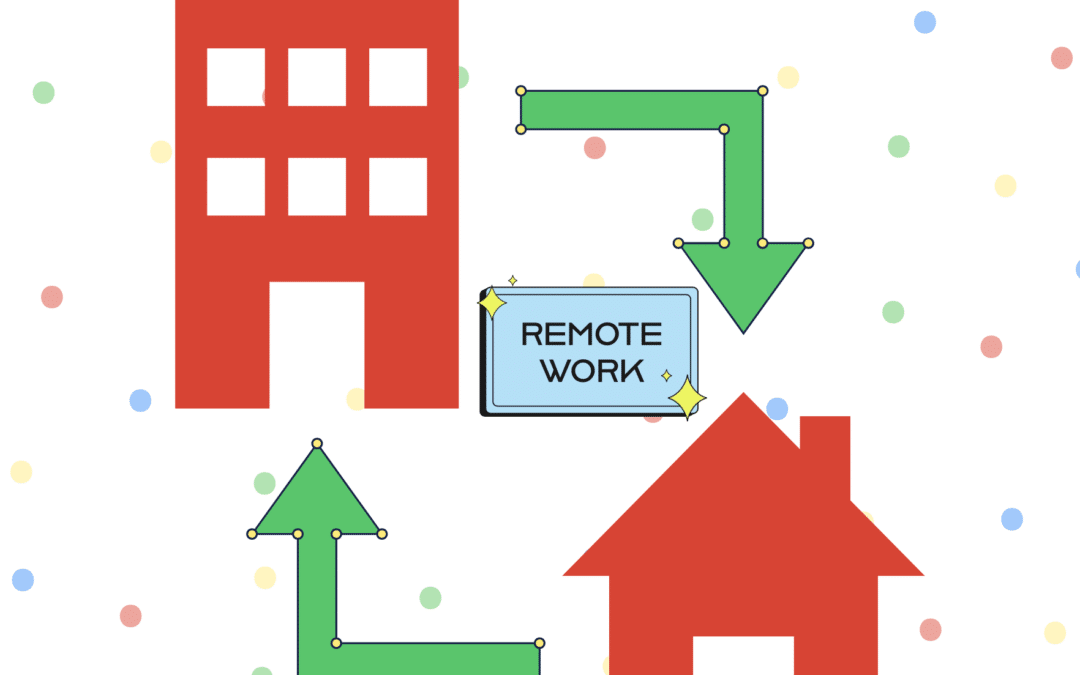Background:
As the property manager of a modern apartment community, you are proud to oversee a diverse group of residents, including a significant number of remote workers. Recognizing the unique needs and preferences of this demographic is crucial for maintaining a positive living experience. The exercise aims to explore strategies to accommodate remote workers, ensuring their well-being and satisfaction within the community.
Scenario:
Your residential community has become home to a diverse group of residents, with a notable portion being remote workers. This demographic includes individuals who work from home, entrepreneurs, and freelancers. As the property manager, you are keen to enhance the living experience for remote workers, understanding that their needs and lifestyle may differ from other residents.
Critical Factors:
1. Workspace Requirements:
– Identify the specific workspace needs of remote workers within the community.
– Consider factors such as the need for quiet areas, reliable internet connectivity, and dedicated co-working spaces.
2. Community Engagement:
– Explore ways to foster a sense of community among remote workers.
– Consider organizing community events, networking opportunities, or virtual gatherings to facilitate connections.
3. Amenities and Services:
– Assess the existing amenities and services in the community in relation to the needs of remote workers.
– Propose enhancements or additions that cater to the unique requirements of individuals working from home.
4. Flexible Policies:
– Consider the implementation of flexible policies that accommodate the diverse schedules of remote workers.
– Explore options such as flexible office hours for common areas, noise policies, and delivery services tailored to remote workers.
Exercise Tasks:
1. Critical Thinking Analysis:
– In groups, analyze the critical factors listed above.
– Discuss the potential challenges faced by remote workers in a residential community and how these challenges can be addressed.
2. Workspace Requirements:
– Develop a plan to identify and meet the specific workspace needs of remote workers.
– Discuss the feasibility of creating dedicated co-working spaces or ensuring reliable internet connectivity throughout the community.
3. Community Engagement:
– Propose strategies to enhance community engagement among remote workers.
– Consider both in-person and virtual initiatives to facilitate connections and foster a sense of community.
4. Amenities and Services:
– Evaluate existing amenities and services, identifying areas for improvement or addition.
– Propose enhancements that cater specifically to the needs of remote workers, such as technology-equipped meeting rooms or collaborative workspaces.
5. Flexible Policies:
– Discuss and propose flexible policies that accommodate the diverse schedules of remote workers.
– Consider policies related to noise levels, common area access, and services that can be adapted to better suit remote workers.
Group Presentation:
Each group will present their analysis, proposed solutions, and strategies to the class. Emphasize the critical thinking process and the rationale behind each proposed action. The class will engage in a discussion, providing feedback and suggestions for improvement.
This class exercise allows students to apply critical thinking skills in addressing the unique needs of a diverse community with a significant population of remote workers. It encourages students to consider the practical aspects of remote work and propose strategies that enhance the living experience for this demographic, contributing to a harmonious and supportive community environment.


